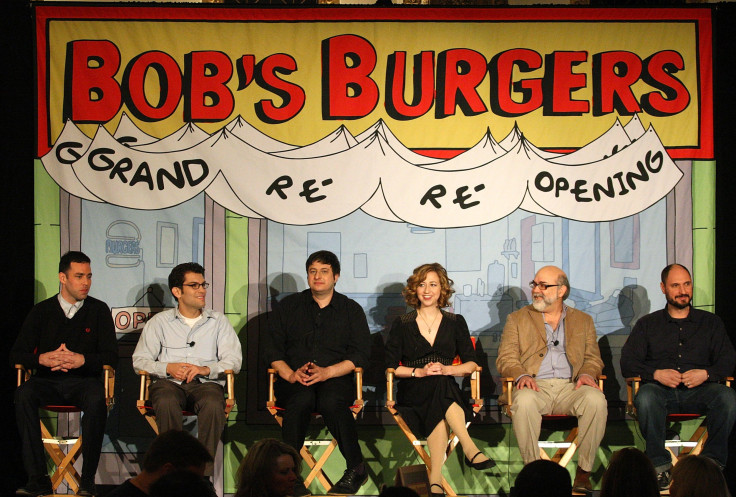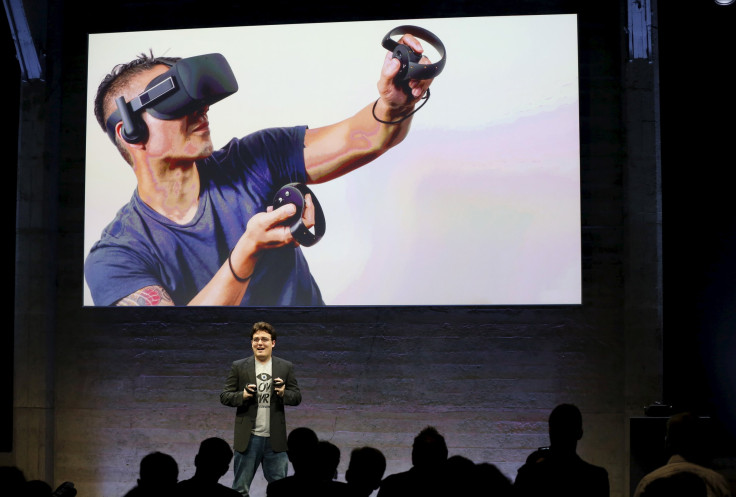Cartoons Go Streaming, And Everyone Loves VR: A Recap Of Digital Entertainment World

LOS ANGELES — Prime-time broadcast television is the mountaintop for a producer of an animated series, or so it would seem. But in the TV ecosystem of 2016, the number of potential viewers who aren’t watching that way was too much to ignore for one leading animated studio.
At the Digital Entertainment World expo here Thursday, Scott Greenberg, the CEO of Bento Box Entertainment, the producer of animated series such as Fox’s “Bob’s Burgers” and “Bordertown,” announced the launch of Bento Box Digital Studios, which is developing a line of original content for digital and mobile consumption. The shows will be available across a wide spectrum of outlets, from YouTube and Snapchat to video-on-demand services. In a phone interview after the expo, Greenberg told International Business Times despite the success of Bento Box’s TV shows, the streaming market was simply too big and important to its target audience to ignore.
“We create great content for the 18- to 34-year-old demographic, but where are they consuming content now?” Greenberg asked. “A lot don’t have cable — they’re consuming online and on mobile. There’s enough opportunity that we wanted to make it a whole business unit.”
Greenberg said the new division will allow Bento Box to work with creators to produce content for smaller, targeted audiences across borders — and often in niches that may not make sense for traditional broadcast and cable providers. But the internet can democratize access to non-mass market TV.
“YouTube is a great example of how English-speaking content might travel well in Germany but might not be right for a German broadcaster,” Greenberg said.
Bento Box also announced an exclusive partnership with Littlstar to create animated immersive virtual reality content, which seems to complement the burgeoning legal marijuana industry like almost nothing else imaginable. But at DEW, the only topic subject to more enthusiastic speculation than the future of television was the myriad uses of VR.

Csilla Kozma Andersen, the head of content relations at Nokia Technologies, which just released a professional-quality VR camera, said the technology can be used to take choose-your-own-adventure stories to an entirely new dimension.
“Turn your head and you can control the story,” she told IBT. “It’s a lot more immersive for people to get into the story and basically feel like they can control the outcome.”
Kozma Andersen said Nokia’s brand new OZO camera is the first specifically designed for professional filmmakers. It has 3-D cameras embedded around a sphere in a way that somewhat resembles the eye of an insect under a microscope, while also capturing surround sound audio and being capable of broadcasting live.
But VR is hardly limited to the world of fantasy. Terence Fung, the chief strategy officer of mobile game network Storm8, said despite his gamer background, he actually sees some of the most potential in the most real world of uses.
“When people are talking about VR being a multibillion-dollar opportunity, that’s real,” he told IBT at DEW. “Some of the applications that are most exciting are medical, training related and military.”
Kozma Andersen said VR also could be a used to educate skilled trades — and even fight crime.
“A lot of museums are interested in using it to illustrate things in a more immersive way than books or slides can do,” she said. “And on the security camera side, companies are very interested in VR. They can get more coverage in different spaces.”
© Copyright IBTimes 2024. All rights reserved.





















